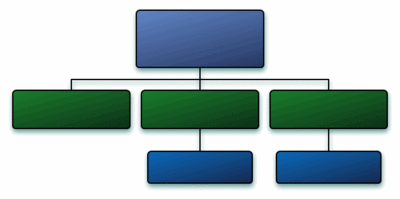Information Architecture
Helpful Posts About Information Architecture

Webvanta Acquired by Xfive
I am delighted to announce that Webvanta has new owners, who have a deep commitment to serving all of Webvanta’s customers. We have been through extensive explorations with potential partners, and the company that now owns Webvanta, Xfive.co Pty Ltd., could not be a better match.

How to Avoid the Top 10 Website Navigation Mistakes
Perhaps the most common place website designs go wrong is in their navigation. Often, some simple changes will dramatically increase the number of visitors who find what they're looking for.
The Nature Conservancy Salmon Site Leverages Webvanta Platform
The Nature Conservancy, in partnership with the Department of Fish and Game, has been leading the effort to collect and publish data about the plight of Salmon in California. We were delighted to be chosen as their web development partner to create the first ever public repository of detailed information on salmon populations: California Salmon Snapshots.
Keep Your Site Agile with a Flexible CMS
Theweb is a publishing and marketing medium unlike any that has existedbefore. I would think this would go without saying, except for theattitudes and behaviors we see all the time, which reveal that manysite owners don't really get it.

Designing Your Site's Information Architecture
Informationarchitecture is a big topic. However you are building sites, it'sessential to think deeply and clearly about how best to organize asite's content. If the site is a simple brochure site, then there maynot be much to think about, but the more content a site has, the moreimportant it is to invest effort in this area.
Build Your Web Site Around Information, Not Pages
When building a small web site, it is natural to think of it as a set of pages. As the site grows, however, this approach becomes problematic. Information that you want to show on several pages needs to be entered on each of those pages, so updates require making the same change multiple times, increasing the effort required and the chances for errors. Since the content and the HTML markup are intertwined, it is difficult for anyone to edit the content unless they have HTML skills.
There is a better way: store the site’s information in a database. Each page then is created from a template that provides the page structure, with content drawn from the database. This approach puts the information at the center of the site, rather than its presentation (the pages). It brings many powerful advantages over the static HTML approach:

